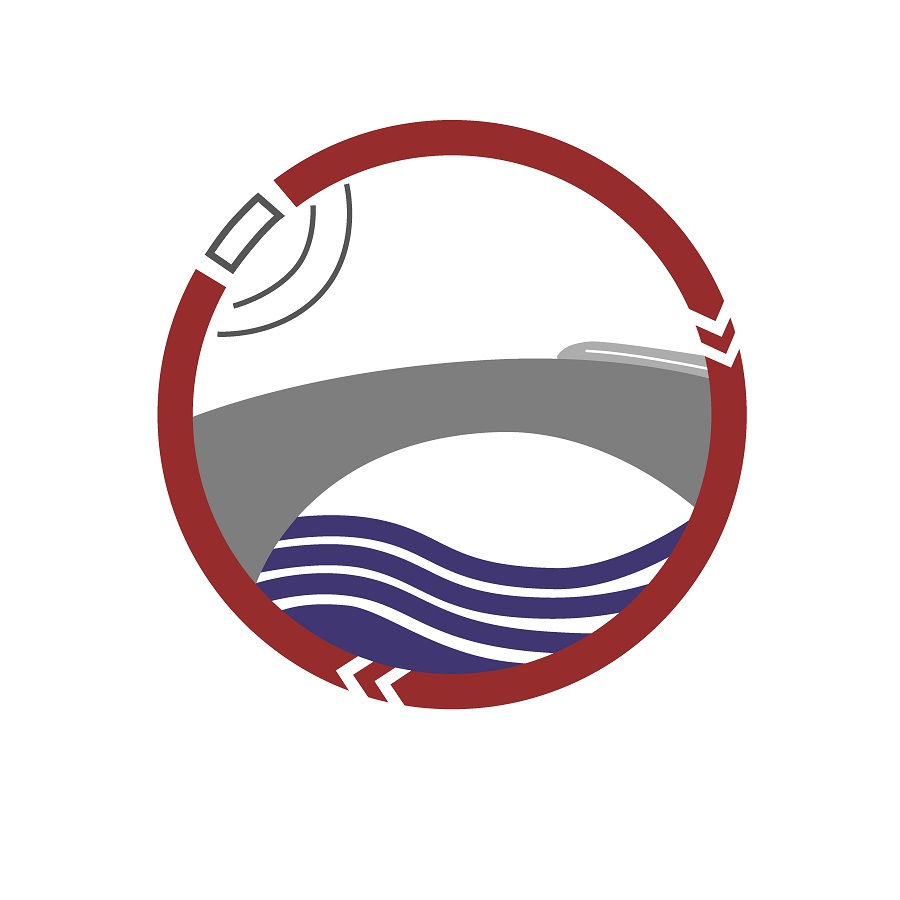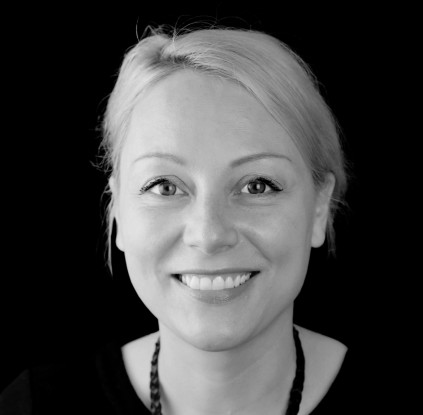TU delegation visits the Federal Waterways Engineering and Research Institute
n article by TU Darmstadt
2024/04/08 by Schäfer
On March 28, the President of TU Darmstadt, Professor Tanja Brühl, visited the Federal Institute of Hydraulic Engineering (BAW) in Karlsruhe together with Professors Boris Lehmann and Hauke Zachert (both from the Department of Civil and Environmental Engineering). The BAW is the scientific advisory and departmental research institute for traffic route construction and special civil shipbuilding within the remit of the Federal Ministry for Digital and Transport Affairs.

During their visit to the research institute in Karlsruhe, Brühl, Lehman and Zachert were able to see for themselves the excellent infrastructural possibilities with which new ideas and creative solutions for hydraulic engineering and shipbuilding of the future are being developed at BAW and transferred to applications relating to waterways in Germany.
The programme of the visit included an insight into the BAW project to optimize unloading on the Middle Rhine, a federal waterway project of the highest priority. The aim of the project, explained the head of the BAW, Professor Christoph Heinzelmann, is to optimize the unloading depths in the section of the Rhine between Mainz and St. Goar and thus improve navigability. Pioneering research methods are being used for this purpose, such as the combined operation of a numerical flow model with an actual solids transport model.
In the inland waterway navigation simulator, visitors from Darmstadt experienced first-hand how this enables the complex simulation of ship movements and thus the navigability of waterways can be assessed. In other geotechnical laboratory and test facilities, such as the hydrodynamic soil laboratory, triaxial test benches or mobile measuring systems, new findings are gained in order to sustainably optimize the infrastructure of waterways.
TU Darmstadt and BAW have a close cooperative relationship. In the area of research, thematic points of contact in the research fields of E+E and M+M in particular are profitably transferred into joint projects. The close exchange between the two partners is also a successful example of the xchange for innovation approach practiced in TUDa's Third Mission – thinking and developing new things together with partners. This cooperation is to be further expanded through the planned joint appointment of an assistant professorship for the geotechnical modeling of hydraulic engineering infrastructures.


